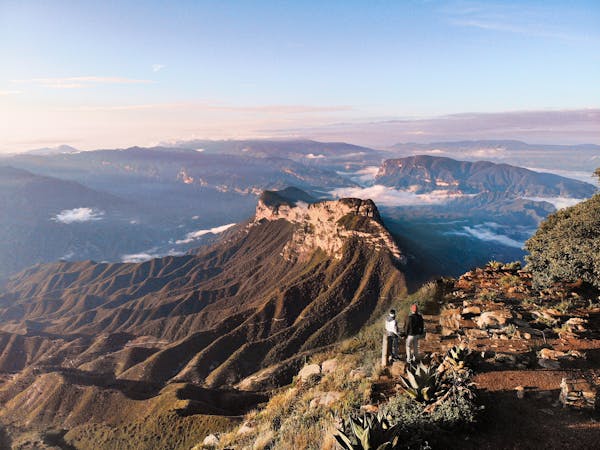Travel to Camino de Santiago
Different routes, the same charm
Traditionally, most of the pilgrims arrive at the heart of the Jacobean city through the so-called French Way, the most famous and popular among the many itineraries that lead to the Galician cathedral, which once crossed the Pyrenees, in Roncesvalles, follows along 771 km long through Pamplona, Logroño, Burgos, and León. However, the most curious walkers, and those who seek to revive the original spirit of the pilgrimage surrounded only by silence and calm, can choose alternative and less traveled routes, such as the Camino Primitivo or the Camino de la Costa, both declared Heritage World Cup by Unesco, and which completely cross Asturias, the cradle of the Compostela pilgrimage.
The Primitive Way
According to legend (and confirmed by historians), the first pilgrim to go to the tomb of the Apostle Santiago, reaching the limits of the then-known world, was Alfonso II the Chaste, monarch of the Kingdom of Asturias (which included present-day Galicia). ) at the beginning of the s. IX. From his palace in Oviedo/Uviéu, and following the route of an old Roman road, the king crossed the dense forests of ash, beech, and chestnut trees in the region to verify that the remains found in 813 by the hermit Pelayo in the forest of Libredón, were indeed those of the disciple of Jesus. After several days of traveling, the Camino de Santiago was officially born . From then on, and until the reconquest of the lands that were in the hands of the Muslims, this primitive route became the main route for pilgrims heading towards Compostela.
The 7 stages and 145 km on Asturian soil
To this day, more than a thousand years later, pilgrims follow that same itinerary, without a doubt the most suggestive of the Jacobean routes, which zigzags through Asturias along 145 km divided into 7 stages, providing unique artistic and environmental jewels. The starting point of the Camino Primitivo is the gothic cathedral of San Salvador de Oviedo/Uviéu, which inside houses the Holy Chamber, the original palatine chapel of the Asturian court that houses relics of incalculable value such as the Holy Shroud. The next points of arrival are Grau/Grado, where the chapel of Dolores stands out, the monastery of San Salvador de Cornellana, which blends Romanesque and Baroque, Salas, with its medieval architectural marvels, Tinéu, Pola de Allende, Berducedo and Grandas de Salime, the last stage before entering Galicia.
The Camino de la Costa: 283 km between sea and mountains
Due to the rugged orography of the interior of Asturias, soon the pilgrims who came from outside the Kingdom, and especially from France, began to look for alternative routes to reach the tomb of Santiago. The favorite, from the Middle Ages, was undoubtedly what is known today as the Camino de la Costa, an 815 km itinerary that crosses the north of the peninsula from east to west, without ever leaving the sea line. Together with the Primitivo, it is one of the most beautiful and varied Jacobean routes to travel, which along 283 km allows you to discover some of the pearls of the Principality.
Travel from the Tina Mayor estuary to the Eo estuary
The 13 stages that make up the Asturian itinerary, where the rural and seafaring spirit merge, begin in Bustio and end in Abres, meandering through towns and villages with the smell of saltpeter and grilled fish, where boats moored in picturesque ports alternate with long golden sand beaches and vertiginous cliffs flown over by seagulls. In this way, traces of the region's closest past are discovered by visiting Colombres, with its Indian constructions and the Archive of the Indians, and those of a more distant past in Ribadesella/Ribeseya, where the essential Tito Bustillo cave is located, full of cave paintings. Or impressive natural phenomena such as the Bufones de Pría and architectural beauties such as the Romanesque church of Santa María de la Oliva in Villaviciosa or the Basilica of Llanes. And, halfway, Gijón/Xixón and Áviles appear, with their excellent mix of art, culture, gastronomy, and entertainment, capable of dazzling all kinds of pilgrims.
The connections between the two paths
Although most pilgrims choose a route to reach the tomb of the apostle, in reality, there are many detours and connections that can be taken to complete, shorten or vary the itinerary. In Asturias, there are, among others, two branches that join the Camino de la Costa and the Camino Primitivo, which, if you have time, will enrich the experience. The first, 39 km divided into two stages, is the one that connects the tiny village of Casquita, overlooking the Cantabrian Sea, with Oviedo/Uviéu; the second, shorter (28 km), links the capital with Avilés.



